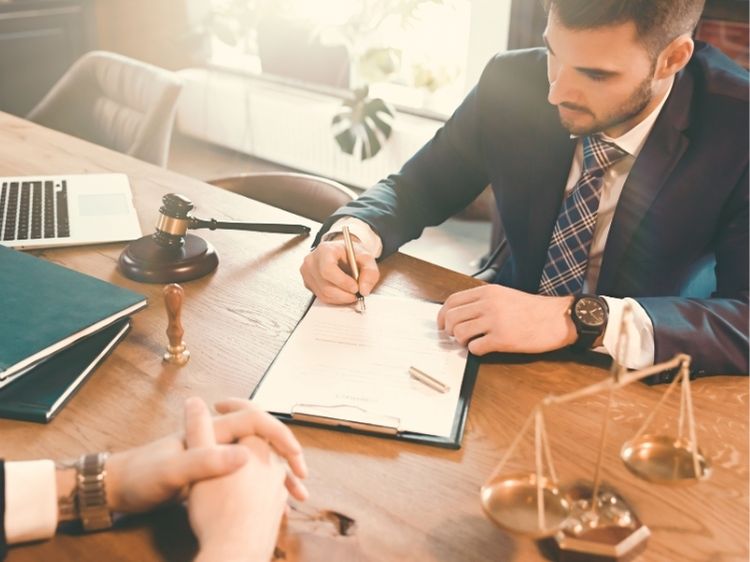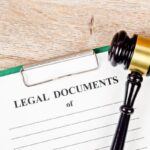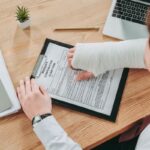Product liability court cases are often complex, involving significant legal wrangling and potential consequences for businesses and individuals alike. These cases hinge on whether a product is deemed dangerous or defective, which can result in harm to consumers. This article will explore the key elements of product liability court cases, the types of claims, notable case examples, and what businesses and consumers need to know about their rights and responsibilities.
What Are Product Liability Court Cases?
Product liability court cases are legal disputes where a consumer claims a product caused them harm due to a defect or design flaw. These lawsuits can target manufacturers, distributors, and retailers, holding them responsible for damages resulting from the use of faulty products. For example, a person injured by a malfunctioning kitchen appliance might file a product liability lawsuit against the manufacturer.
Types of Product Liability Claims
When it comes to product liability court cases, claims typically fall into three categories: defective design, manufacturing defects, and failure to warn. Let’s break these down to understand what each involves.
1. Defective Design
A defective design case argues that the product was inherently dangerous due to its design, even if it was manufactured correctly. For instance, if a car model has a design flaw that makes it prone to rollovers, consumers may file a product liability claim based on defective design.
2. Manufacturing Defects
In this type of claim, the product’s design might be safe, but something went wrong during the manufacturing process. Perhaps a batch of medications became contaminated or a car’s airbag was installed improperly. These cases focus on errors that occurred while the product was being made.
3. Failure to Warn
Failure-to-warn cases center around the lack of proper instructions or warnings about the product’s potential dangers. If a product can cause harm when used in a certain way, but the manufacturer failed to provide a clear warning, the company could be held liable.
Notable Product Liability Court Cases
Product liability court cases have shaped the legal landscape for decades. Some of these cases involve well-known brands and massive settlements. Here are a few high-profile examples that have left a lasting impact:
1. McDonald’s Hot Coffee Case (Liebeck v. McDonald’s Restaurants)
One of the most famous product liability court cases, the McDonald’s hot coffee lawsuit, involved a woman who suffered third-degree burns after spilling a cup of hot coffee on her lap. The jury found that the coffee was served at a temperature far hotter than what is considered safe for human consumption. This case is often cited in discussions about product safety and corporate responsibility.
2. Ford Pinto Case
In the 1970s, the Ford Pinto became infamous for its design flaw that made it prone to catching fire in rear-end collisions. Ford was found to have known about the issue but chose not to fix it due to cost concerns. The resulting lawsuits led to significant changes in how product safety is prioritized.
3. Johnson & Johnson Talcum Powder Lawsuits
For years, Johnson & Johnson faced multiple lawsuits over allegations that their talcum powder products were linked to ovarian cancer. In one high-profile case, the company was ordered to pay billions in damages to plaintiffs. This case highlighted the importance of ensuring products are safe for long-term use.
The Legal Process of Product Liability Court Cases
So, what happens once a product liability lawsuit is filed? The legal process can be lengthy and complicated, often involving multiple stages. Here’s a brief overview of what to expect:
1. Filing the Complaint
The first step is for the injured party (the plaintiff) to file a complaint in court, detailing the harm caused by the product. The defendant, often the manufacturer or distributor, is then served with the complaint and given the opportunity to respond.
2. Discovery Phase
During discovery, both sides gather evidence to support their case. This can include depositions, expert witness testimonies, and reviews of company documents. Discovery is crucial, as it allows each party to build their case before heading to trial.
3. Settlement Negotiations
Many product liability court cases are settled before they reach trial. During settlement negotiations, both parties attempt to reach an agreement on compensation without going through the formal court process. Settlements can often save time and money, though they may not always be the best option for plaintiffs seeking justice.
4. Trial
If a settlement cannot be reached, the case goes to trial. Here, both sides present their evidence and arguments to a judge or jury. The outcome of a trial can result in compensation for the plaintiff or a dismissal of the case.
5. Appeal
If either party is unhappy with the trial’s outcome, they can appeal the decision to a higher court. Appeals are based on claims that legal errors occurred during the trial, and they can significantly extend the duration of a case.
Why Product Liability Court Cases Matter
Product liability court cases play a crucial role in protecting consumer rights. They ensure that companies are held accountable for releasing defective or dangerous products into the market. These lawsuits can also lead to improved safety standards, preventing future harm to consumers.
For businesses, product liability court cases serve as a powerful reminder of the importance of product testing and transparency. Companies that fail to address safety concerns may face not only financial losses but also damage to their reputation.
How Can Businesses Protect Themselves?
Businesses can take several steps to minimize the risk of product liability court cases:
- Conduct thorough product testing before releasing items to the public.
- Include clear instructions and warnings to inform consumers of potential risks.
- Keep detailed records of manufacturing processes and quality control checks.
- Invest in product liability insurance to cover potential legal costs.
By taking these precautions, businesses can reduce the likelihood of facing a product liability lawsuit.
FAQs
What are the most common types of product liability claims?
The most common types of product liability claims include defective design, manufacturing defects, and failure to warn. Each focuses on different aspects of product safety and consumer protection.
Can a product liability case be filed against a retailer?
Yes, in some cases, retailers can be held liable if they sold a defective product that caused harm. However, manufacturers are typically the primary target in product liability court cases.
What should I do if I’m injured by a defective product?
If you’re injured by a defective product, it’s essential to seek medical attention first. Then, preserve the product and any packaging, and consult a lawyer who specializes in product liability court cases to discuss your options.
How long does a product liability case take?
The duration of a product liability case can vary widely, depending on factors such as the complexity of the case, the amount of discovery required, and whether the case goes to trial. Some cases are resolved in a matter of months, while others can take years.
Are product liability settlements taxable?
In most cases, settlements for personal injury claims, including product liability cases, are not taxable. However, it’s always best to consult with a tax professional for advice on your specific situation.
Conclusion
Product liability court cases are a vital part of the legal system, ensuring that consumers are protected from harmful products and that businesses are held accountable for safety lapses. Whether you’re a consumer who’s been harmed by a defective product or a business seeking to safeguard your company, understanding the legal landscape surrounding product liability is crucial.
For further information, check out these authoritative sources:
- U.S. Consumer Product Safety Commission (www.cpsc.gov)
- National Highway Traffic Safety Administration (www.nhtsa.gov)
- Food and Drug Administration (www.fda.gov)



